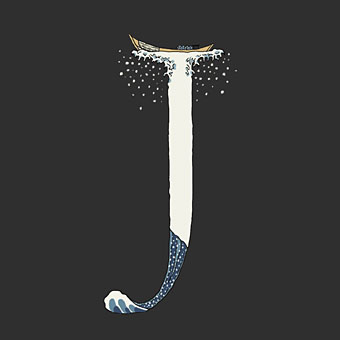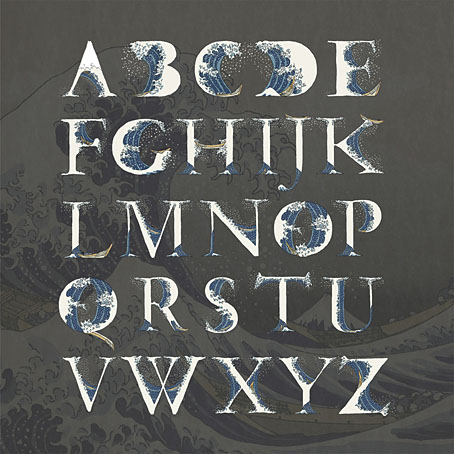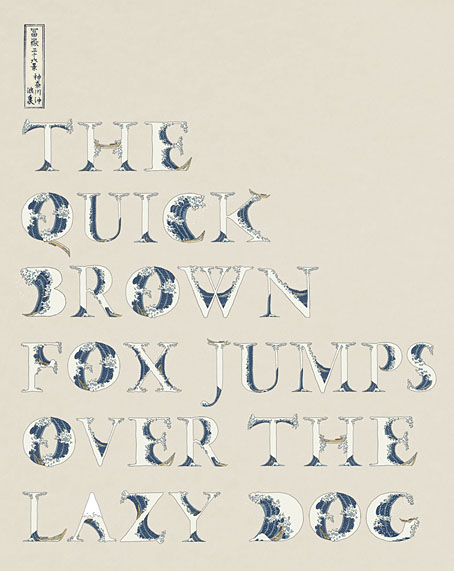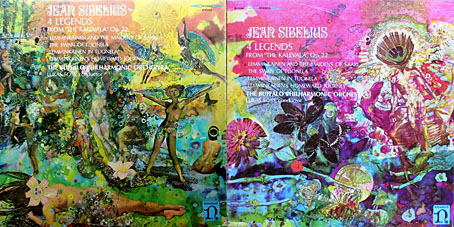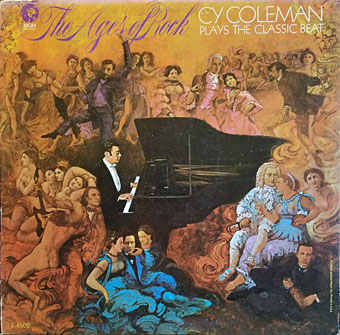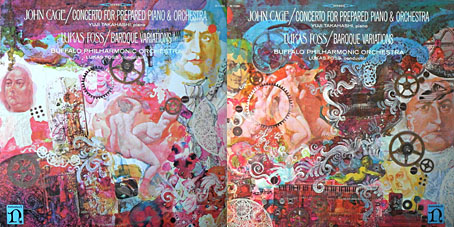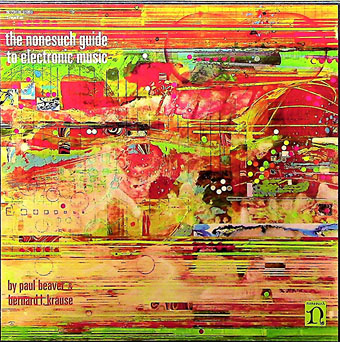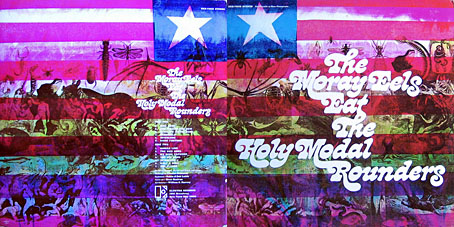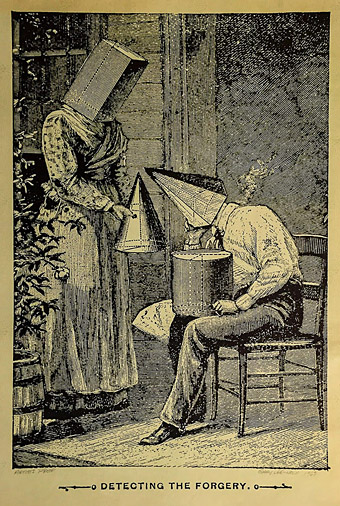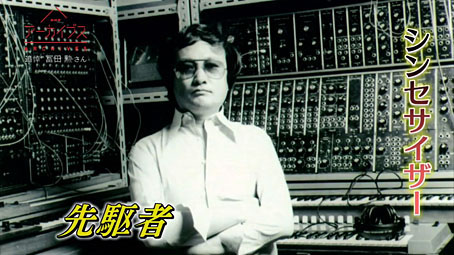
In the week that celebrates the 50th anniversary of the Apollo 11 mission to the Moon here’s a cosmic flashback from 1984. (I wrote about my own memories of the Apollo era in July, 2009.)
Mind Of The Universe was an ambitious outdoor performance of music by Isao Tomita for the annual Ars Electronic Festival in Linz, Austria. I’d known about this event ever since the release of the subsequent live album, and always wondered if there was more of a visual record than the one or two short clips to be found on YouTube. This 65-minute documentary from NHK TV was made following Tomita’s death in 2016, and features a much longer recording of the concert, together with a look at the preparations undertaken by the composer and his Japanese team. The documentary is in Japanese throughout, but I’ve had Tomita’s albums on continual play for the past couple of weeks so it was a welcome discovery. The Linz footage is bracketed by a short studio discussion of Tomita’s work and the concert itself with two of his assistants, Hideki Matsutake and Akira Senju. Matsutake is better known for his programming work with Yellow Magic Orchestra, and his own albums under the name Logic System, but he began working with synthesizers as Tomita’s studio assistant in the 1970s; Senju is a composer of anime soundtracks. The documentary includes some all-too-brief film footage of Tomita’s studio in 1974, and a sequence (with Tomita-san on a motorbike!) concerning the Dawn Chorus (1984) album which incorporated recordings of the electromagnetic “Dawn Chorus” phenomenon.
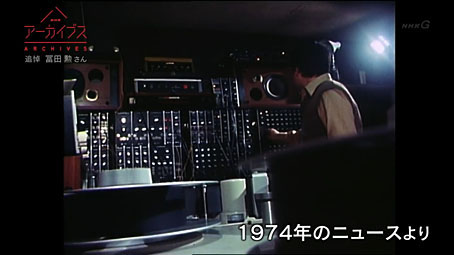
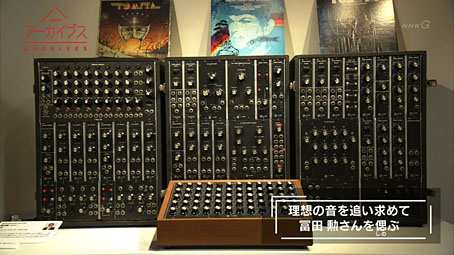
Part of Tomita’s Moog system, the backbone of his early electronic recordings.
Mind Of The Universe (or Tomita’s Universum as it was advertised to the citizens of Linz) comprised a nocturnal performance spanning the River Danube, with Tomita combining some of his earlier recordings with new pieces created for the event, including an extract from Stravinsky’s Rite of Spring. This was conducted by the maestro and assistants from within a transparent pyramid suspended by crane on the river bank. Speakers were positioned on both banks of the river, and there was a lavish lightshow with fireworks and lasers, all of which was somehow meant to depict the entire history of the Universe, from Big Bang to the present moment.
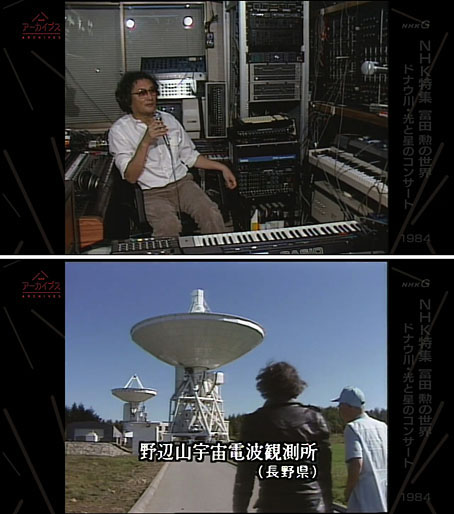
Discussing Dawn Chorus, and a visit to a radio telescope.
If this wasn’t ambitious enough, Tomita had musicians and a choir floating on boats and platforms in the river: Goro Yamaguchi played a traditional Japanese piece on shakuhachi while seated in a perilously small craft being towed behind a larger vessel; the bigger boat provided a stage for violinist Mariko Senju whose excellent performance of Vaughan Williams’ The Lark Ascending is the musical highlight of the concert. This was followed by a violin rendition of the five-note motif from Close Encounters of the Third Kind, a nod to Tomita’s UFO-themed Bermuda Triangle album, which introduced one of the less successful aspects of the event in the noisy arrival of a helicopter bearing a platform laden with lights and speakers. The helicopter provided the booming response of the Close Encounters mothership although this isn’t obvious on the live album where all you have is the music and the noise of the rotors. Tomita’s concept of “pyramid sound” is more evident in the TV documentary than on record.
Continue reading “Tomita’s Mind of the Universe”
